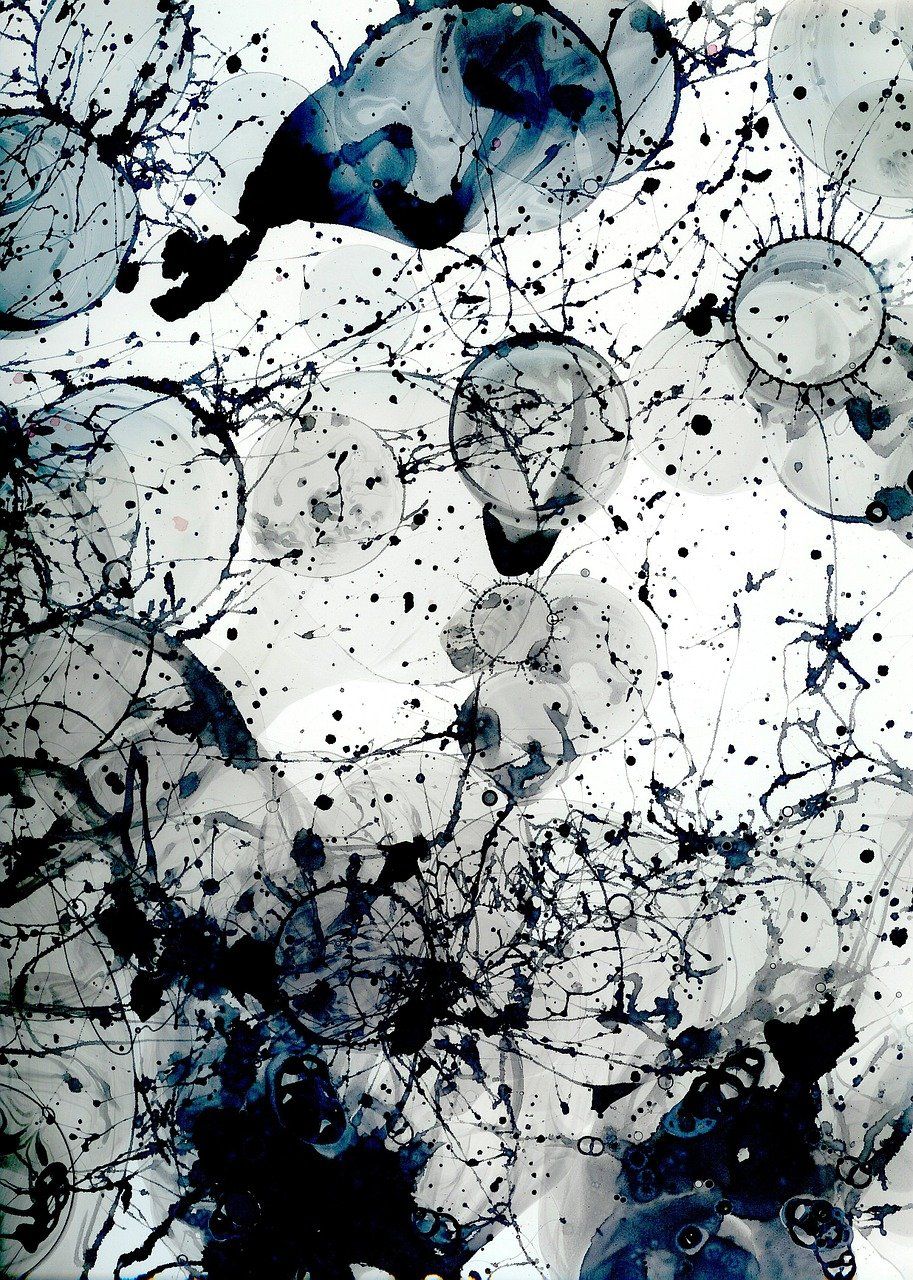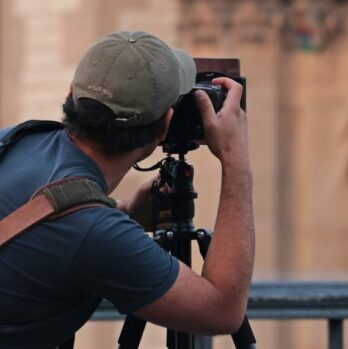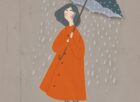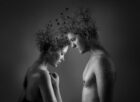Erotic art is a captivating genre that has existed throughout human history, serving as a visual expression of sensuality and desire

This article aims to provide a comprehensive overview of erotic art, exploring its various forms, its popularity, and the historical discourse surrounding its advantages and disadvantages. By delving into the quantitative measurements and differences within this genre, readers can gain a deeper understanding of the multifaceted world of erotic art.
1. Introduction to Erotic Art
Erotic art, also known as erotica, encompasses visual representations that evoke sexual desire, intimacy, and passion. It is distinguished from pornography by its emphasis on aesthetics, creativity, and the exploration of human sexuality as an art form. Erotic art engages the viewer intellectually and emotionally, seeking to stimulate a range of sensations and thoughts rather than purely arousing sexual instincts.
2. Comprehensive Presentation

2.1 Types of Erotic Art
Erotic art encompasses a wide range of artistic expressions, each with its own unique approach to representing sensuality and desire. Some popular forms include:
– Paintings and Drawings: Throughout history, artists such as Gustav Klimt, Egon Schiele, and Pablo Picasso have created captivating erotic works using brushstrokes and sketching techniques.
– Sculptures: From the ancient Roman sculptures of Eros and Aphrodite to modern-day sculptors like Auguste Rodin, this form adds a tactile and three-dimensional dimension to erotic art.
– Photography: Erotic photography captures intimate moments, exploring the human body and its potential for sensual expression.
– Literature: Erotic literature, often referred to as erotica, uses written language to ignite the reader’s imagination and delve into the complexities of desire.
2.2 Popular Themes and Artists
Within the realm of erotic art, there are several recurring themes that artists explore. These include depictions of intimacy, seduction, nudity, fetishes, BDSM, and same-sex relationships. Artists such as Édouard-Henri Avril, Tom of Finland, and Helmut Newton have gained acclaim for their contributions to the genre.
3. Quantitative Measurements
Although it may be challenging to quantify the impact and popularity of erotic art, certain metrics provide insights into its reception and demand. Online platforms dedicated to erotic art, such as art marketplaces and galleries, attract a significant number of visitors and buyers. Social media platforms and search engine queries related to erotic art also demonstrate the public’s engagement with the genre. However, it is crucial to approach these numbers with caution, as societal attitudes may influence the visibility and availability of erotic art.
4. Variations within Erotic Art
Erotic art exhibits a vast array of styles, ranging from subtle and romantic to explicit and provocative. The variation within this genre allows for individual preferences and interpretations. Some artists employ a more suggestive approach, leaving room for the viewer’s imagination, while others employ explicit imagery to provoke and challenge societal norms. These differences contribute to a rich and diverse landscape within erotic art.
5. Historical Discourse
Erotic art has been both celebrated and criticized throughout history. Advocates argue that it celebrates the beauty of human sexuality, challenges societal taboos, and promotes sexual liberation. Detractors, on the other hand, argue that it objectifies individuals, reinforces gender stereotypes, and may contribute to the commodification of sex. It is essential to consider these contrasting perspectives when engaging with erotic art, as they reflect broader societal debates on sexuality and representation.
In conclusion, erotic art encompasses a broad range of forms, themes, and styles that seek to explore and celebrate human sensuality. By understanding the various dimensions of erotic art, embracing its diversity, and critically evaluating its historical discourse, individuals can engage with this genre in a nuanced and informed manner. [INSERT VIDEO HERE]











